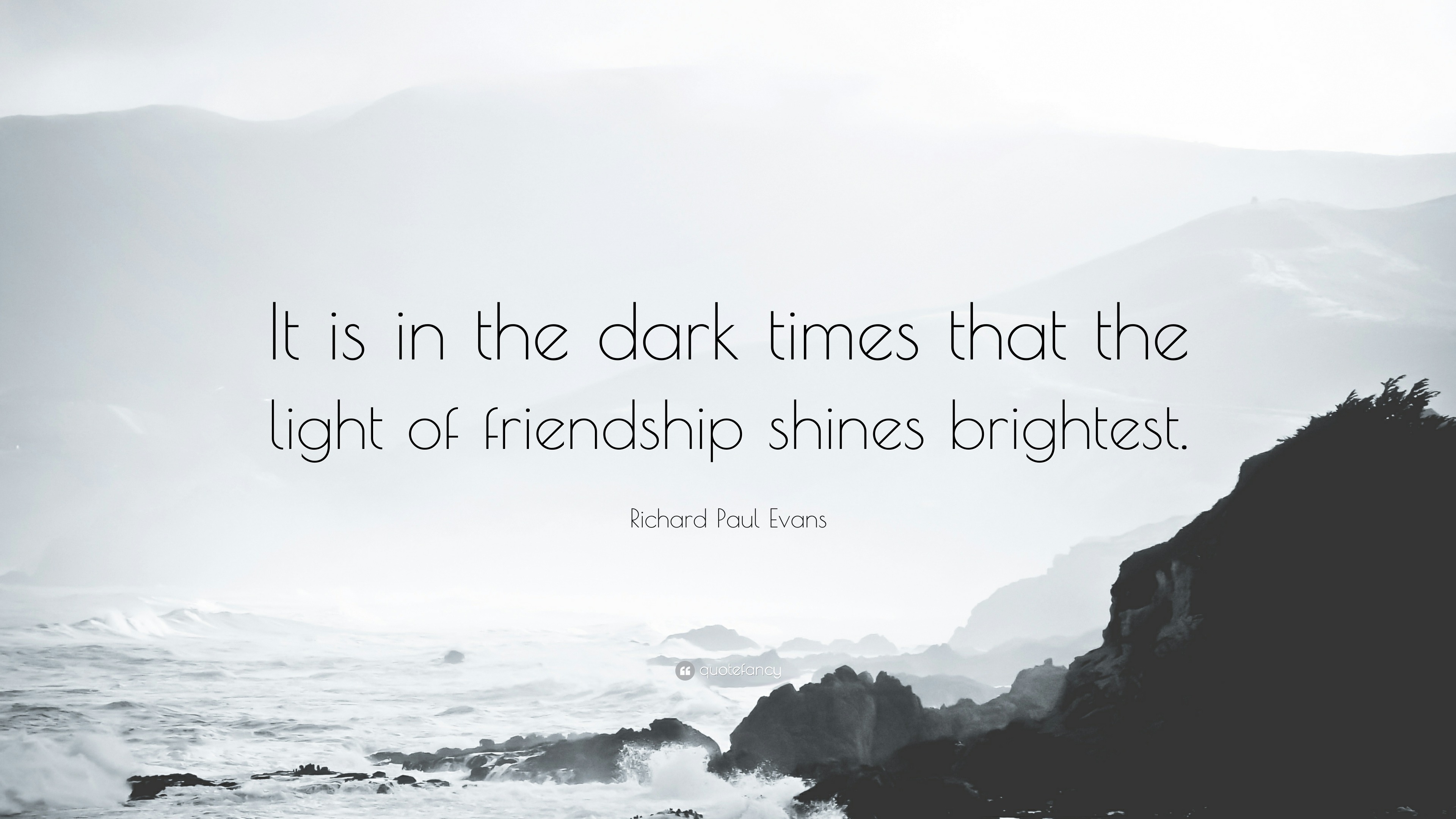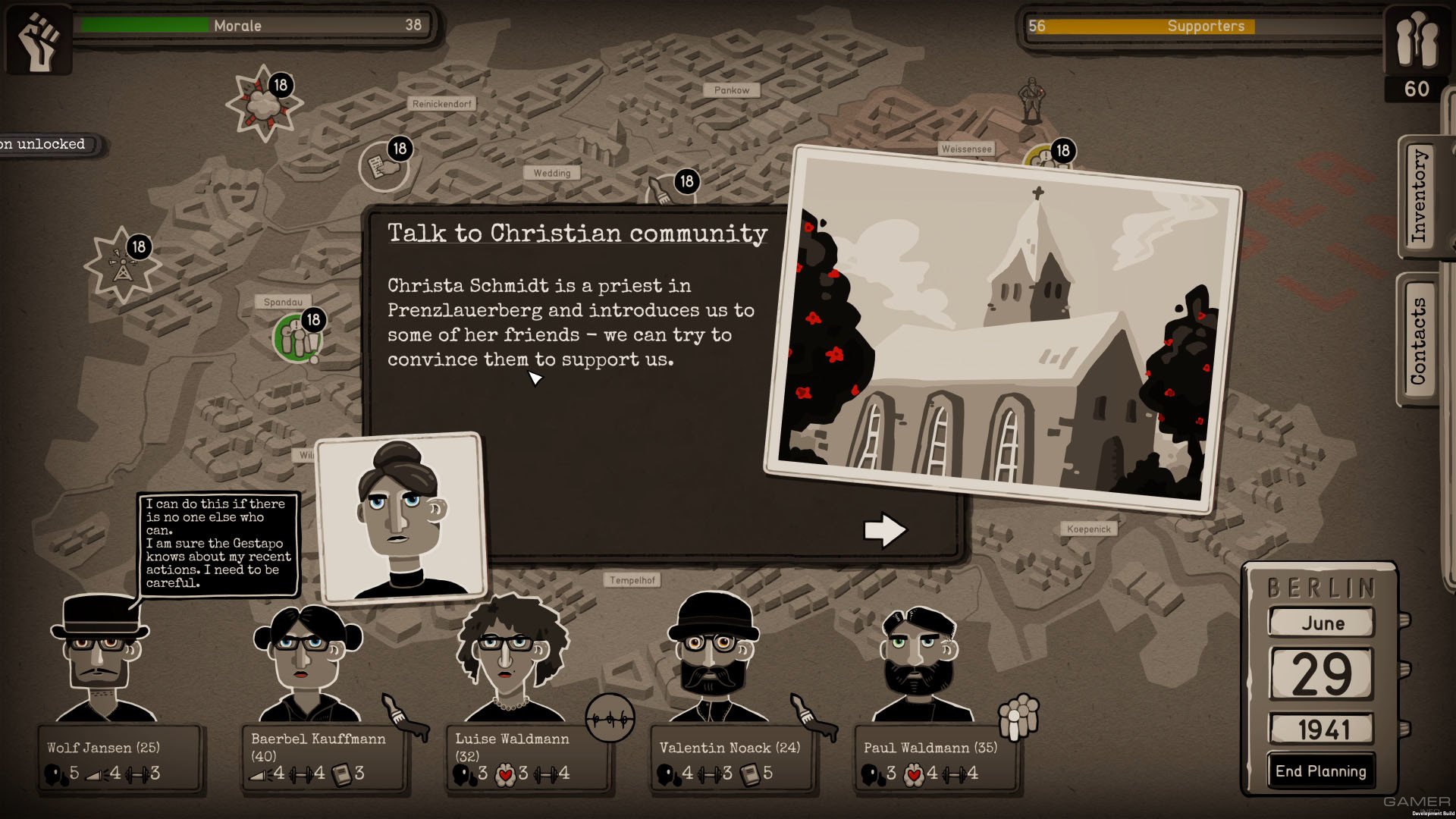

- Through the darkest of times you are the reason professional#
- Through the darkest of times you are the reason download#
He worked in Naples, in Malta, in as many as three different cities in Sicily and in Naples again before he set out for Rome in 1610, in the expectation of a papal pardon. His work changed - the brushwork becoming looser, the subject matter more morbid - but he remained productive, and he remained valued by patrons. The miracle is that he accomplished so much in that second act, on the run. There’s the unease.Ĭaravaggio’s mature career can be divided in two: the Roman period and then everything that came after his murder of Tomassoni. We realize that he is in fact at home in that pain, that he lives there. And when we are there with him, we sense that he’s no mere guide. Like Sophocles or Samuel Beckett or Toni Morrison - and yet unlike them - Caravaggio is an artist who goes there with us, to the painful places of reality. Why did he paint so many martyrdoms and beheadings? Horror is a part of life we hope not to witness too often, but it exists, and we do have to see it sometimes. His compact oeuvre is awash in threat, seduction and ambiguity. His contemporaries may have been interested in the biblical lesson of the doubting Thomas, but we are attracted to Thomas’s uncertainty, which we read, in some way, as the painter’s own.īut there’s more than subjectivity in Caravaggio: There’s also the way his particular brand of subjectivity tends to highlight the bitter and unpleasant aspects of life. The maker is there in a Caravaggio painting. The themes in a Caravaggio painting might derive from the Bible or from myth, but it is impossible to forget even for a moment that this is a painting made by a particular person, a person with a specific set of emotions and sympathies. Caravaggio, always quick to suspect insult, sprang up and threw the earthenware plate at the waiter’s face. The waiter suggested he smell them to figure out the answer himself.
Through the darkest of times you are the reason professional#
Giovanni Pietro Bellori, a later 17th-century writer, tells us, “He used to go out on the town with his sword at his side, like a professional swordsman, seeming to do anything but paint.” At lunch in a tavern one day, he ordered eight artichokes, and when they arrived, he asked which were cooked in butter and which in oil. “Sometimes he looked for a chance to break his neck or jeopardize the life of another,” writes Giovanni Baglione, a contemporary and one of his first biographers. But in his personal conduct, he remained reckless. Thomas.” By that year he had also completed “The Entombment of Christ,” a work of profound grief and astonishing achievement, even by Caravaggio’s already high standards. Paul” in the Cerasi Chapel, “The Sacrifice of Isaac,” “The Incredulity of St. Matthew” in the Contarelli Chapel, “The Conversion of St. He already had behind him a string of indelible masterpieces, made for Roman patrons and churches: “The Supper at Emmaus,” “The Calling of St. His language coarsened his drinking worsened he got into fights often and was arrested multiple times. Success went to his head, or perhaps it activated something that had always been there. Eminent collectors vied for his work, Cardinal Scipione Borghese and Cardinal Francesco Maria del Monte among them. In Rome, it did not take him long to gain both acclaim and notoriety, and by the mid-1590s, his paintings had settled into the styles and subjects we often think of as Caravaggesque: lutenists, cardplayers, a panoply of brooding androgynous youths. It would be far from the last time he had to get out of town. He apparently developed a facility for still-life painting, and it was probably while studying with Peterzano that he absorbed the pensive atmosphere of Leonardo da Vinci and great Northern Italian painters of the 16th century like Giorgione and Titian.Ĭaravaggio most likely first went to Rome in 1592, and the reason might have been his involvement in an incident in Milan in which a policeman was wounded (the details, as with so much else in his life, are foggy). He was apprenticed around age 13 to Simone Peterzano, a painter in the region, from whom he must have learned the basics: preparing canvases, mixing paint, perspective, proportion.

Raised in Milan and the village of Caravaggio in a family that some say was on the cusp of minor nobility, Caravaggio was 6 when he lost both his father and grandfather, on the same day, to the plague. “Caravaggio,” the name of the Northern Italian village from which his family came, reads like two words conjoined, chiaroscuro and braggadocio: harsh light mixed with deep dark on the one hand, unrestrained arrogance on the other. Michelangelo Merisi da Caravaggio, born in late 1571 in Milan, is the quintessential uncontrollable artist, the genius to whom normal rules do not apply.
Through the darkest of times you are the reason download#
To hear more audio stories from publishers like The New York Times, download Audm for iPhone or Android.


 0 kommentar(er)
0 kommentar(er)
